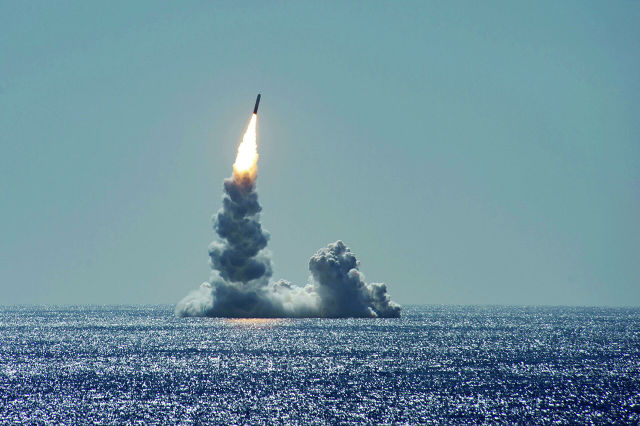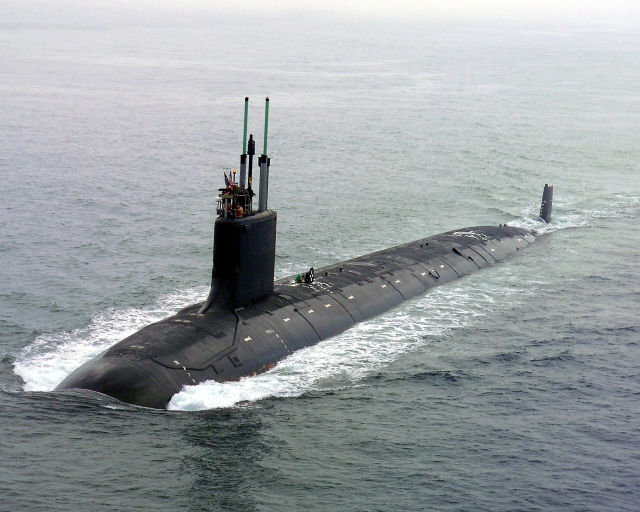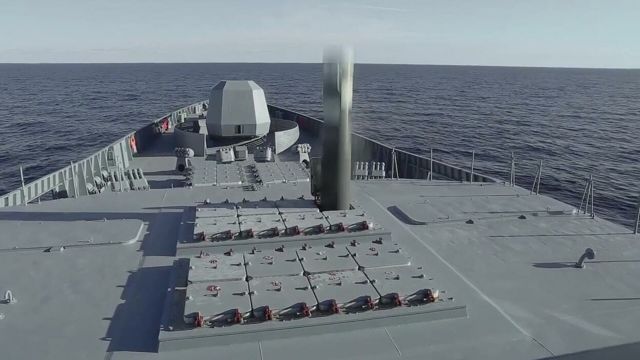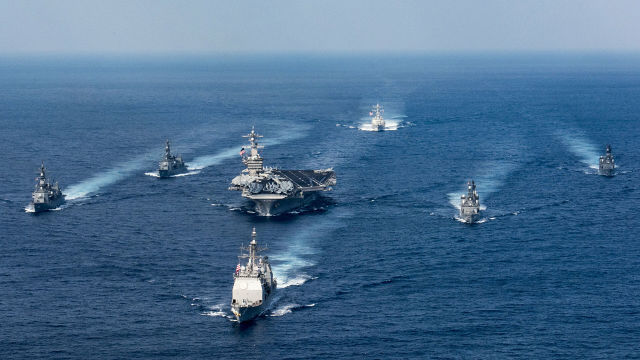MOSCOW, January 18-RIA Novosti, Nikolai Protopopov. "Contain and win" - the chief of Staff of the US Navy, Admiral Michael Gilday, presented a "Navigation Plan" for the next decade. The main thing in the document is that the American fleet should dominate the world's oceans. The goal of global control is a quiet and well-fed life for Americans at home. However, the text clearly shows undisguised aggression against other countries. What the admirals from Washington are up to-in the material of RIA Novosti.
Global competitors
The US Navy is involved in a long-term competition that threatens the safety and lifestyle of US citizens, the authors of the document emphasize. The Navy Command has not a minute to lose: it is necessary to act actively to maintain the balance of power not only in the coming decade, but also throughout the XXI century.
The main rivals and "violators" of global calm are Russia and China. These countries, according to American admirals, undermine the freedom of the sea, which has long benefited the whole world.
Moscow and Beijing are trying to "unfairly control" access to valuable marine resources outside their territorial waters, "intimidate their neighbors", "force their claims on them", "hold important waterways at gunpoint with long-range missiles".
The Americans strongly dislike Russia's development of modern missile ships and submarines, hypersonic missiles, and tactical nuclear weapons. The Russian Navy, according to the Pentagon, is increasing activity around the world, deploying forces closer to the shores of the United States. Therefore, " Russia must be reliably controlled."
The rapidly developing Chinese fleet — according to American analysts, the largest in the world-is also of concern. Beijing is supposedly challenging Washington and its allies and becoming the most acute and long-term threat.
At the same time, it is noted that the United States is a maritime power and its prosperity and security depend on the ability to maintain an advantage at sea. To do this, it is necessary to extend its naval power "to every corner of the World's oceans." The Americans will continue to sail and fly wherever international law allows, as well as deploy forces in various regions of the world to challenge the "excessive maritime ambitions" of competitors and level their combat capabilities.

Trident II (D5LE) ballistic missile launch from USS Maine
Image source: © Photo : US Navy
Strengthening the fleet
So, nuclear submarines with ballistic missiles "protect the United States from a nuclear attack," and special operations forces "are ready to surprise the most powerful enemy." Admirals claim that the Navy is able to land troops on any shore to support ground forces.
The Navy "has all the means necessary to deter aggression, including non-traditional ones." In particular, we are referring to information, cybernetic technologies and other types of weapons that allow attacks from the sea, from under water and from the air.
A significant role in the modern confrontation at sea in the coming years, the United States assigns artificial intelligence. Such systems, according to the Navy, have proven their effectiveness and superiority in combat, so the fleet will be upgraded with their mass use.
Unmanned offshore platforms are also " vital." They will provide an advantage in intelligence, surveillance and increase the offensive capabilities of the fleet. By the end of the decade, Navy personnel should be able to work confidently and smoothly in close conjunction with robotic devices.
The US Navy command believes that in order to implement all the planned plans, the fleet needs to be strengthened and expanded. More nuclear submarines and surface ships with high offensive capabilities are needed. Moreover, new ships should be compact, such as, for example, promising frigates of the Constellation class.
The Pentagon does not write off aircraft carriers. It is still the pride of the Navy and the main tool for demonstrating strength. The special importance of the submarine forces of the fleet is noted. The priority here is the Columbia — class nuclear-powered strategic submarines, as well as the multi-purpose Virginia submarines.

The first U.S. Virginia-class submarine, USS Virginia (SSN-774)
Image source: © Photo : US Navy
Digital and lasers
The Navy command recognizes that technology alone is not enough. It is necessary to train personnel more thoroughly — including for a better understanding of the nuances of enemy behavior. According to the admirals, " sailors should not just observe and respond quickly to threats, but instinctively anticipate the actions of the opposing side due to a deep knowledge of the peculiarities of the mentality of citizens of a particular country."
Scenarios of "upcoming conflicts" will be tested in exercises around the globe — from the Far North to the western Pacific. For example, this year the US Navy will conduct large-scale maneuvers of several aircraft carrier groups with amphibious operations.
For the first time, small tactical cyber groups are being deployed there, using new offensive weapons and information resources. Admiral Gilday said earlier that the scale of these maneuvers will be " unprecedented in recent history."
Information and digital technologies are central to the U.S. Navy's strategy. Without them, combat operations are now impossible. "Digital" solves everything, allows you to quickly and effectively conduct sea and land combat.
The Navy believes that " the opponents of the United States expect to break through the defense of the fleet with a huge number of missiles." Therefore, the Pentagon will use a variety of stationary and mobile detection systems, radars of submarines and marine drones, and strengthen the defensive capabilities of ships and aircraft. At the same time, in close combat, along with the usual, it is planned to use energy weapons.

The first launch of a hypersonic missile "Zircon" from the frigate "Admiral Gorshkov" in the White Sea on a sea target in the Barents Sea
Image source: © RIA Novosti / Press Service of the Ministry of Defense of the Russian Federation

